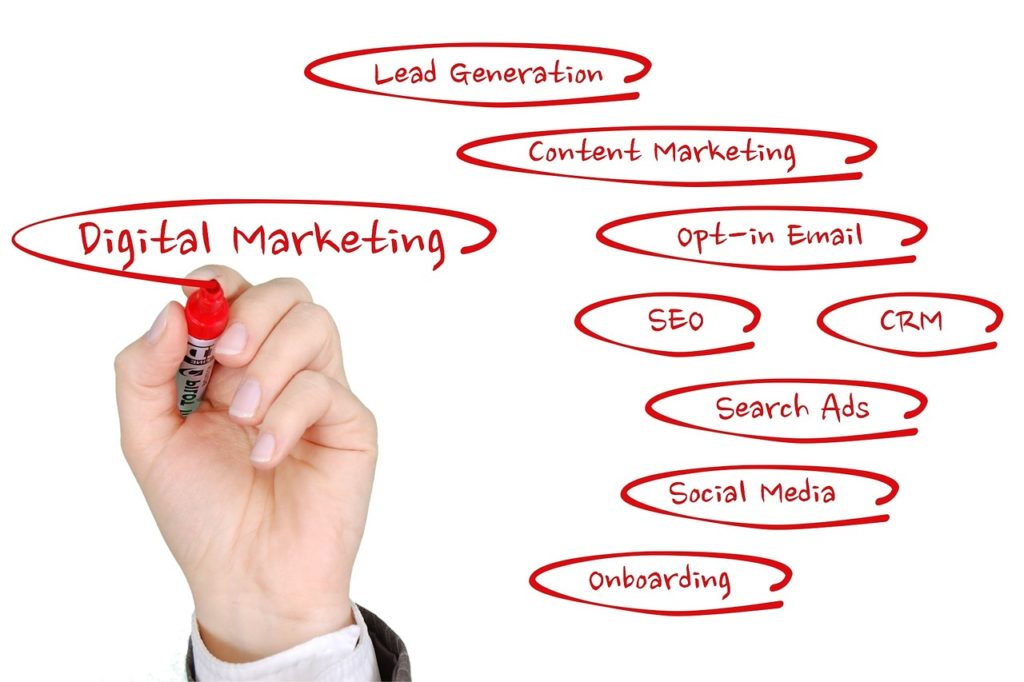The digital marketing salary and the amount of money committed to digital marketing trends and communications have increased dramatically in the last two years, posing a problem for senior-level marketers who have been unable to keep up with the changing times. New digital marketing practices, social media marketing, and SEO are changing at a faster rate than they have ever been.
People who have worked in marketing and communications for more than twenty years should reassess their abilities and knowledge. As you battle to be heard in an electronic society with nearly four billion users, don’t let tactics you learned a decade ago become a liability.
In 2010-2012, marketing was a hot topic. Do you recall MySpace and Friendster? These were only a few of the social media networks that had “died” by 2010. Facebook and Twitter were gaining popularity, while YouTube was producing video game celebrities. Some people were using Google AdWords, but the industry of Pay-Per-Click (PPC) advertising was still in its infancy.
In 2012, brands needed to create Facebook pages and Twitter accounts if they felt comfortable doing so. Individually branded firms and artists were hesitant to “throw themselves out there” in a large global picture book or communicate in fewer than 140 characters.
On social media, simply posting on a regular basis was considered effective. Facebook was used a few times each week, whereas Twitter was used three to five times per week.
But how much has advanced in ten years?
Digital Marketing Trends in the Last Decade
When the year 2020 took an unexpected turn, a lot of people decided to take advantage of the opportunity to learn about contemporary digital marketing trends by enrolling in a master’s degree at a business school or online digital marketing course. Here are some ways how digital marketing has advanced in the twenty-first century.
1. In This Digital World, Job Roles and Teams are More Important Than Ever

Roles have shifted, and marketing departments are now expected to share some of their work with public relations teams and vice versa. There was a clear distinction between marketing, public relations, and design in the last ten years. It has become more difficult to get anything done today if these crucial components are separated.
2. More Strategy Discussions and Plans
Digital marketing and design thinking have given firms the ability to hold more thorough strategy discussions and make plans for releasing new goods. Having representatives from all departments in one place should now be a routine procedure. Bring different colored post-its to keep track of all the fantastic ideas your diverse team will come up with.
3. Launching a Product Requires a Village
Most marketing departments featured designers, copywriters, ad planners, and researchers before. Long-form content writers and copywriters are needed by a digital marketing team.
You’ll also need a search engine marketer, web designers (who understand SEO), analysts to pull data from social media and web platforms, researchers, public relations people to manage to message and the brand, content schedulers, real-time social monitors who engage in real-time, and designers and producers who can edit video and audio.
4. Consistent Planning and Rapid Expansion are Essential
Make a plan and stick to it until you have an opportunity to evaluate its effectiveness. Too often, I see digital marketers change methods and direction in response to a client’s or manager’s worry or new concept. Digital marketing is like playing whack-a-mole without a strategy and some statistics to track progress.
5. Growth is Fantastic if it is Long-term.
There are certain new firms that take off immediately and make a lot of money within the first five years. This is especially true in marketing, where word-of-mouth spreads in a matter of seconds.
However, if you do not have a long-term marketing strategy, you will not be successful. As quickly as you may develop, a few of other things is investigating and arranging their counter-attack.



